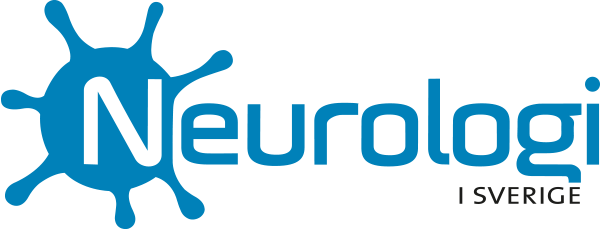Nya data om exidavnemab och lecanemab vid årets AD/PD kongress
BioArctic presented data on exidavnemab and lecanemab at the 2025 International Conference on Alzheimer’s and Parkinson’s Diseases and related neurological disorders (AD/PD™), held in Vienna, Austria, April 1-5. BioArctic’s partner Eisai also presented new data including results from real-world use of lecanemab.
At AD/PD, Dr Johanna Fälting, Head of R&D at BioArctic, held an oral presentation on exidavnemab, the company’s proprietary drug candidate aimed at treating Parkinson’s disease and other alpha-synucleinopathies. The binding profile of exidavnemab was presented, demonstrating a high affinity and selectivity for pathological aggregated forms of alpha-synuclein and a low affinity for physiological monomers. In the Phase 1 studies, exidavnemab was generally well tolerated and demonstrated an elimination half-life of approximately 30 days. These properties make exidavnemab a suitable candidate for future studies of disease modification in alpha-synucleinopathies. The design of the ongoing EXIST Phase 2a study in Parkinson’s disease was presented. The presentation can be found on BioArctic’s website.
New data on lecanemab were also presented at the conference. Lecanemab is an anti-amyloid beta (Aβ) monoclonal antibody that preferentially binds to toxic protofibrils (soluble Aβ aggregates), in addition to targeting and reducing Aβ plaques (insoluble Aβ aggregates). Dr Linda Söderberg from BioArctic presented a poster on lecanemab’s binding profile that confirmed the high selectivity for the toxic Aβ protofibrils in Alzheimer’s disease brains. The limited binding to fibril structures in CAA (cerebral amyloid angiopathy) may explain the ARIA-E frequency reported for lecanemab.
In addition to BioArctic’s presentations, Eisai also held several presentations on lecanemab.
In an oral presentation by Dr Michael Rosenbloom, University of Washington, USA, recent findings from real-world clinical evidence of lecanemab in the United States were presented. The utilization patterns showed that real-world use of lecanemab conforms with the FDA approved prescribing recommendations, and patient adherence suggests that neither MRI monitoring nor possible adverse events significantly interfered with lecanemab dosing.
In two other presentations, Dr Lutz Froelich, University of Heidelberg, Germany, presented the efficacy and safety outcomes of lecanemab in early AD apolipoprotein E ε4 (ApoEε4) heterozygous carriers and non-carriers in the Phase 3 Clarity AD clinical study. The data presented were forming the basis for the regulatory approval in United Kingdom and the positive CHMP recommendation for EU approval, respectively. The data for the UK and EMA proposed indicated population confirmed that the effects of lecanemab were similar to the overall Clarity AD population with lower risk of ARIA events.
“It is inspiring to see all the data presented at the conference and reassuring that the real-world data reported for lecanemab conforms with the Phase 3 results. It is also great to see how the field is moving forward, with encouraging data regarding alpha-synuclein, blood brain barrier transportation approaches as well as biofluid biomarkers and blood-based diagnostics”, said Gunilla Osswald, CEO at BioArctic.”
—
This release discusses investigational uses of an agent in development and is not intended to convey conclusions about efficacy or safety. There is no guarantee that such investigational agents will successfully complete clinical development or gain health authority approval.
The information was released for public disclosure, through the agency of the contact person below, on April 7, 2025, at 12:00 CET.




